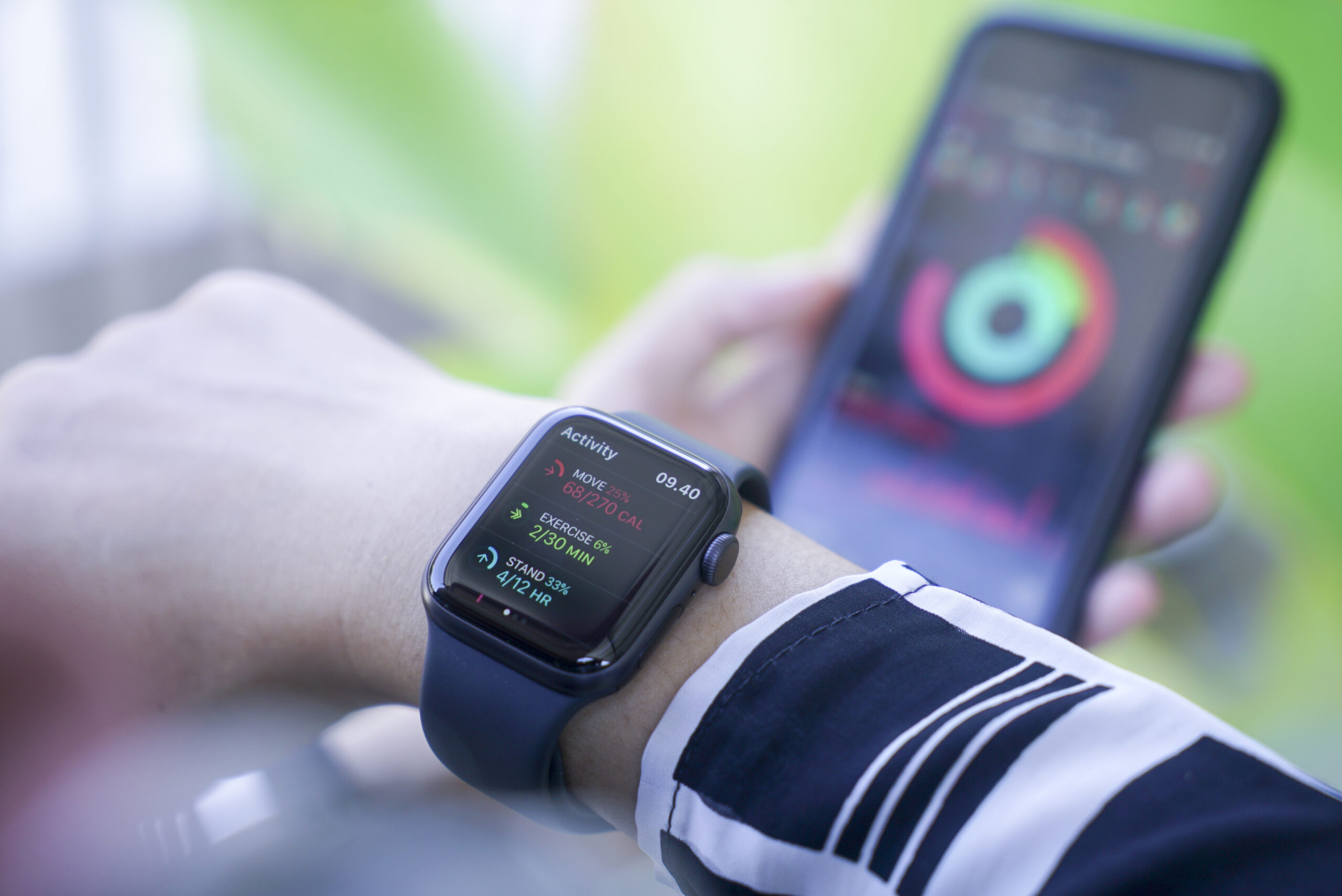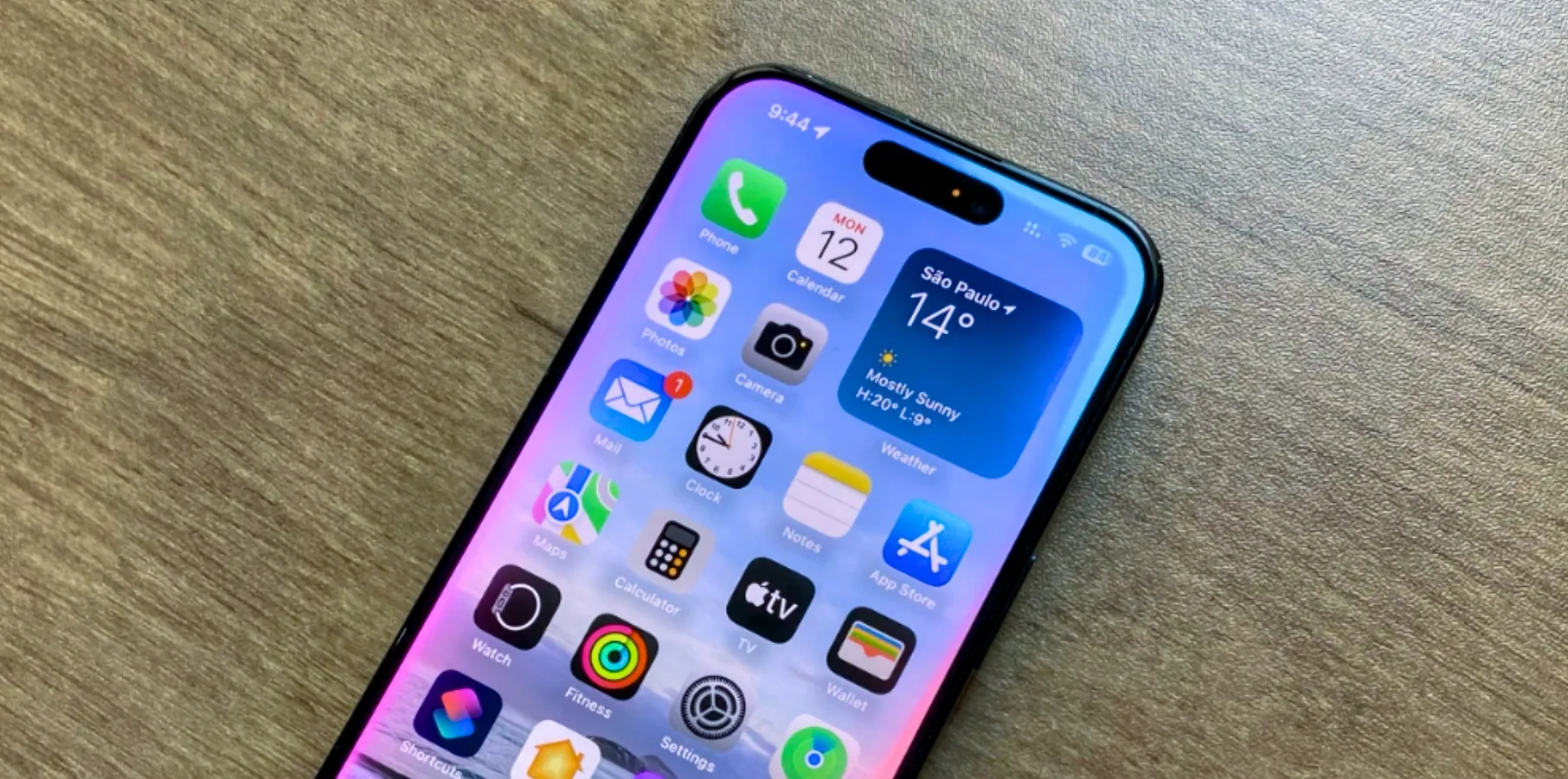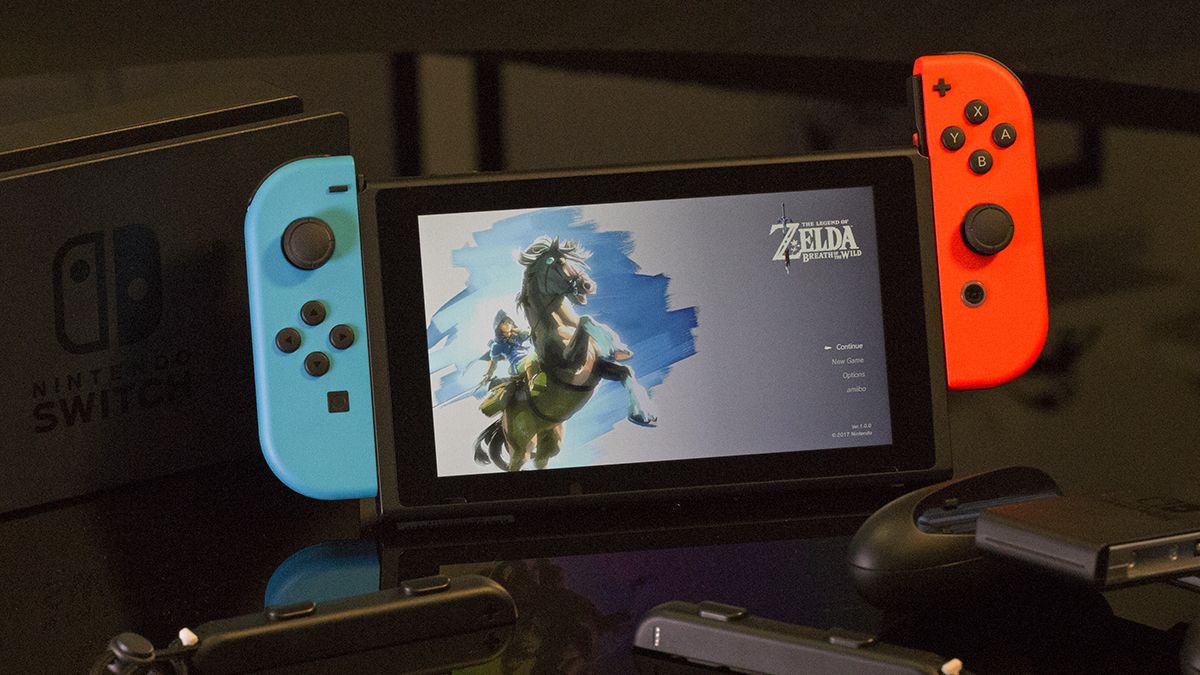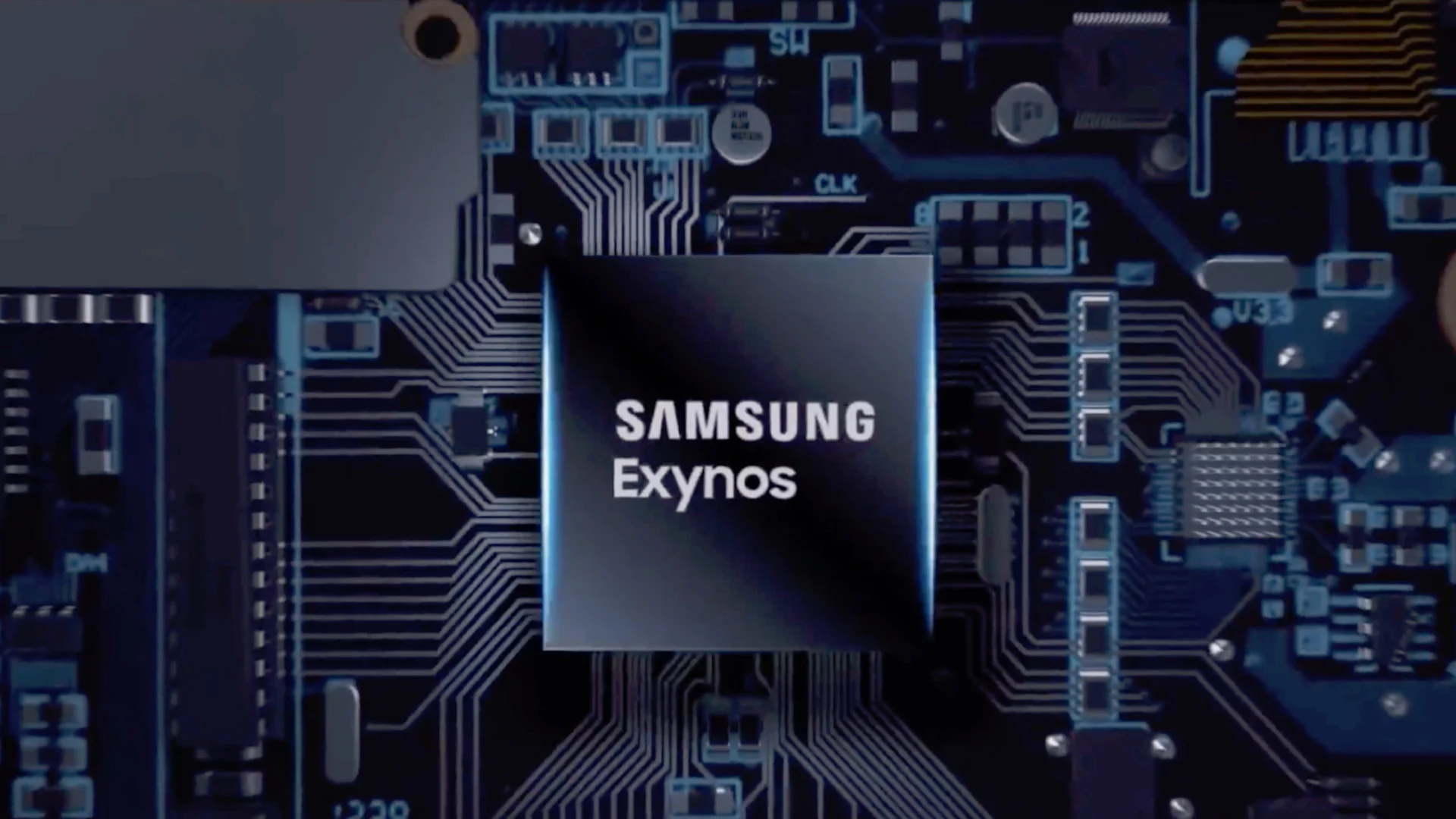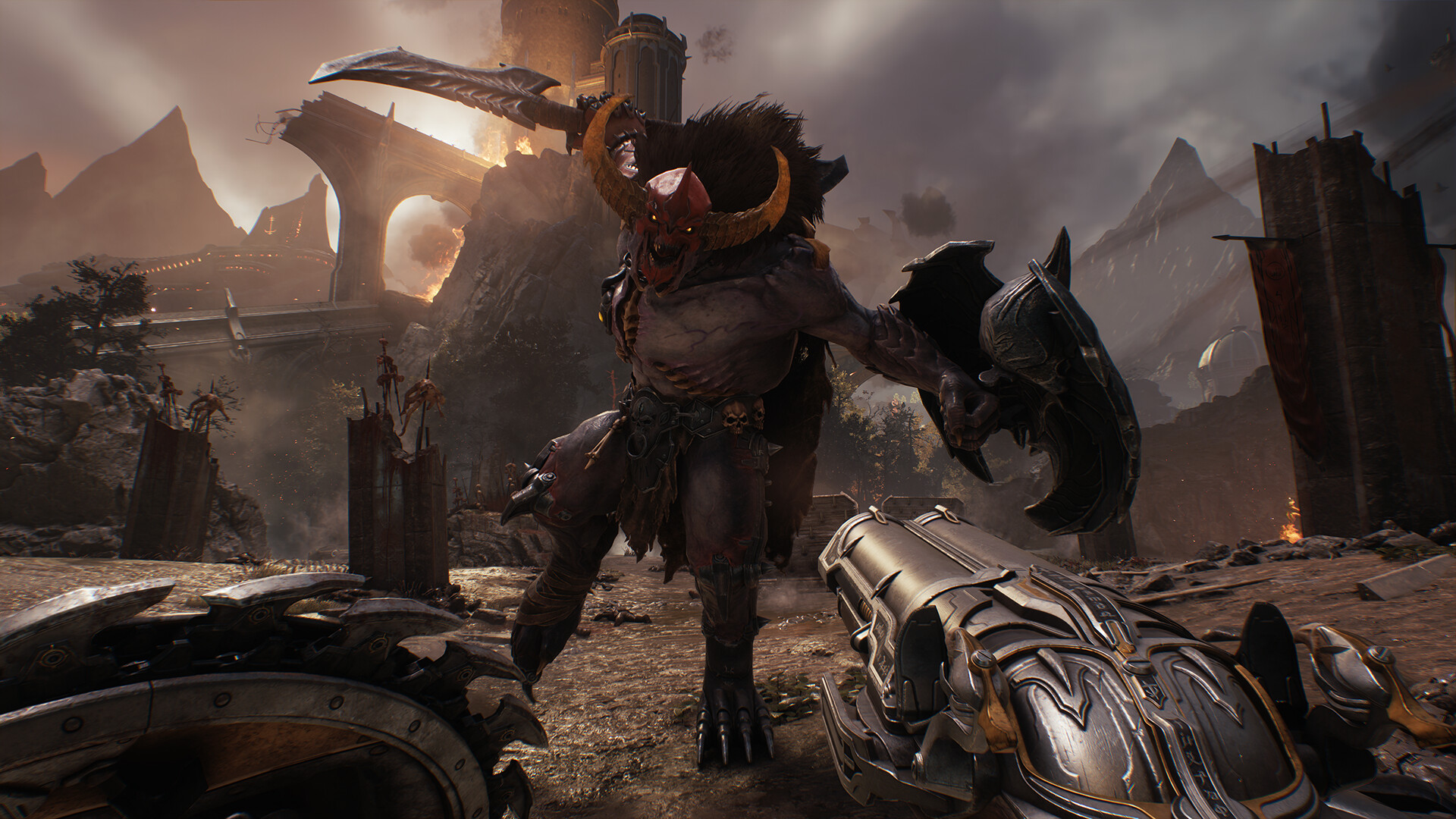In a groundbreaking update, OpenAI has unveiled new capabilities for ChatGPT, allowing it to not only engage in text-based conversations but also to see, hear, and respond vocally. This leap in artificial intelligence promises to revolutionize the way users interact with chatbots.
Key Highlights:
- OpenAI rolls out voice and image capabilities for ChatGPT.
- Users can now have voice conversations with ChatGPT and show it images.
- New features include voice recognition and image understanding powered by advanced models.
- OpenAI emphasizes safety and gradual deployment of these new capabilities.
- The update aims to make ChatGPT more intuitive and versatile in real-life scenarios.
OpenAI’s recent announcement on September 25, 2023, has taken the tech world by storm. The company has begun rolling out new voice and image capabilities for ChatGPT, offering users a more intuitive interface. This means users can now have voice conversations with ChatGPT or even show it images to discuss. For instance, one could snap a picture of a landmark while traveling and later have a live conversation about it with ChatGPT. The potential applications are vast, from helping with dinner recipes based on the contents of your fridge to assisting children with math problems using images.
The voice feature, available on both iOS and Android, allows users to engage in back-and-forth conversations with ChatGPT. This is powered by a new text-to-speech model capable of generating human-like audio. OpenAI collaborated with professional voice actors to create a range of voices for ChatGPT. Additionally, OpenAI’s open-source speech recognition system, Whisper, transcribes spoken words into text, ensuring seamless communication.
On the visual front, ChatGPT can now understand and discuss images. Whether it’s troubleshooting a grill that won’t start, planning a meal based on the contents of a fridge, or analyzing a complex work-related graph, ChatGPT is equipped to assist. This image understanding is powered by multimodal models like GPT-3.5 and GPT-4, which apply their language reasoning skills to a wide range of images.
However, with great power comes great responsibility. OpenAI is aware of the potential risks associated with these advancements. The new voice technology, while opening doors to creative and accessibility-focused applications, also presents risks like impersonation or fraud. Hence, OpenAI is deploying these capabilities gradually, ensuring safety and refining risk mitigations over time.
The company has also taken measures to ensure privacy and accuracy, especially concerning images. For instance, while ChatGPT can discuss images containing people in the background, it has been designed to limit its ability to analyze and make direct statements about individuals.
In Conclusion:
OpenAI’s latest update to ChatGPT is not just a technological advancement; it’s a paradigm shift in human-AI interaction. By enabling ChatGPT to talk, hear, and see, OpenAI has brought us a step closer to a future where AI is not just a tool but a companion. As we embrace this new era, it’s crucial to tread with caution, ensuring that the power of AI is harnessed responsibly.


